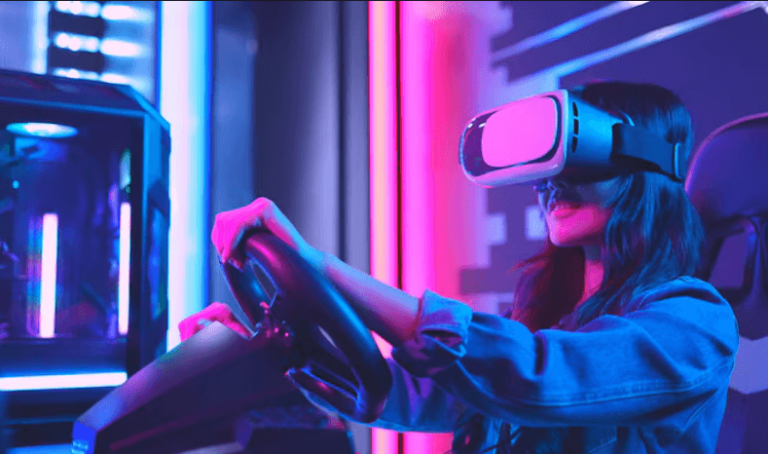The Evolution of Social Media Platforms and What’s Next

The evolution of social media platforms illustrates a significant shift in how individuals connect and share information. Early platforms like Friendster and MySpace laid the groundwork for community engagement. Their successors, notably Facebook, expanded connectivity on a global scale. In recent years, platforms like Instagram and TikTok have transformed content consumption through visual storytelling. As new technologies emerge, including virtual reality and AI, the future of social media is poised for further disruption, raising complex questions about user privacy and ethical practices.
The Early Days: Friendster and MySpace
Although social media as a concept has evolved significantly, its origins can be traced back to platforms like Friendster and MySpace, which laid the groundwork for the digital social landscape.
Friendster features, such as user profiles and connection requests, fostered initial online communities.
Meanwhile, MySpace culture emphasized personalization and creativity, allowing users to express themselves freely, setting the stage for future social networking innovations.
See also: javaobjects
The Rise of Facebook and the Era of Connectivity
The emergence of Facebook in 2004 marked a pivotal moment in the evolution of social media, shifting the focus from niche platforms to a more universal network that connected individuals across diverse backgrounds.
Its sophisticated platform algorithms enhanced user engagement, allowing for personalized content delivery.
This unparalleled connectivity fostered a global dialogue, establishing Facebook as a cornerstone in the modern digital landscape.
The Visual Revolution: Instagram and TikTok
A significant transformation in social media dynamics occurred with the rise of visual-centric platforms like Instagram and TikTok, which redefined user interaction and content consumption.
These platforms champion visual storytelling and short form content, enabling users to communicate complex ideas quickly and engagingly.
This shift not only enhances creativity but also empowers individuals to express themselves freely through captivating imagery and concise videos.
The Future of Social Media: Trends and Innovations
As social media continues to evolve, emerging trends and innovations are poised to reshape user experiences and engagement strategies significantly.
Virtual reality will enhance user interaction, while AI algorithms optimize content delivery. Influencer marketing and social commerce will drive niche communities, promoting platform diversity.
However, data privacy concerns will challenge these advancements, necessitating transparent practices to ensure sustained user engagement and trust.
Conclusion
In conclusion, the social media saga showcases a stunning shift from community connections to global gatherings, highlighting the powerful potential of visual engagement. As the future unfolds, trends like virtual reality and AI-driven algorithms will likely redefine user experiences, while persistent privacy concerns prompt a demand for greater transparency. This dynamic dance between innovation and ethics will shape the social media landscape, ensuring that user security remains a paramount priority amid the ever-evolving digital domain.



